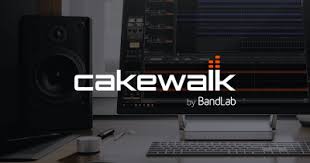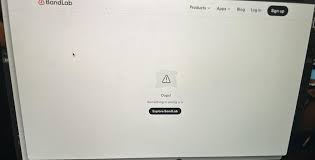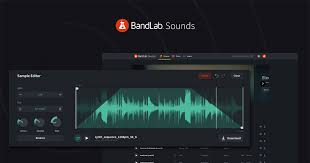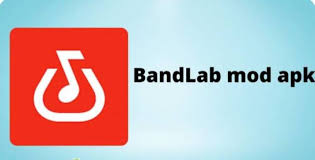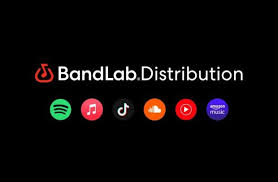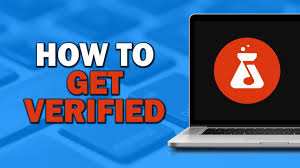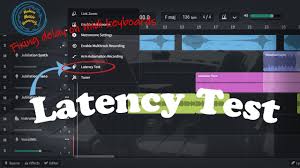If you’re diving into LANDR’s wide array of samples, loops, and beat-making tools, you’ve probably come across the term “licensed content.” But what does licensed content on LANDR actually mean? Does it affect how you use their samples in your projects? More importantly, does it limit your distribution rights on platforms like Spotify, Apple Music, or YouTube?
This guide will walk you through the full meaning of licensed content on LANDR, how it works, what’s covered, and how it impacts your creative workflow—especially if you’re a producer, artist, or audio professional looking to monetize your music.
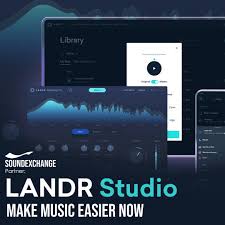
What Is Licensed Content on LANDR?
On LANDR, licensed content refers to royalty-free audio assets—such as loops, one-shots, drum kits, and sample packs—that are covered under a usage license. This license allows you to legally use these sounds in your music productions, even if you plan to distribute, monetize, or release them commercially.
The term “licensed” may sound legalistic, but in the LANDR context, it’s quite straightforward:
?? You’re granted the rights to use LANDR’s content as long as you follow their terms of service.
LANDR collaborates with professional sound designers, artists, and labels to offer sample packs that are pre-cleared and safe to use. Each sound is legally vetted to ensure you don’t have to worry about copyright claims when uploading to Spotify, TikTok, or sync libraries.
What Can You Do with Licensed Content from LANDR?
Let’s get practical. If you're subscribed to LANDR Studio or LANDR Samples, here’s what you can do with their licensed content:
? Use samples in commercial releases (albums, singles, EPs)
? Integrate loops in beats for sale
? Add LANDR samples to podcast intros or YouTube background music
? Distribute tracks through LANDR Distribution or third-party aggregators
? Use samples in live performances or DJ sets
? Monetize tracks on Spotify, Apple Music, or YouTube without additional clearance
LANDR's license is non-exclusive, royalty-free, and perpetual, which means you don’t pay ongoing fees and don’t need to credit the sample creators unless specified (some creators do request attribution, so read the file notes).
What You Can’t Do with Licensed LANDR Content
Although LANDR’s license is generous, there are limits to how you can use their content:
? You can't resell the samples as-is (e.g., upload them to your own sample pack site)
? You can't use LANDR samples in isolation (e.g., uploading loops unmodified to YouTube)
? You can't register tracks made with unmodified LANDR samples on Content ID or copyright them as completely original compositions
The rule of thumb: you must transform or embed the sample into a broader musical context. For example, layering a LANDR drum loop with your own melody and vocals would count as an original work.
Where to Find LANDR’s Licensing Terms?
You can read LANDR's full licensing policy on their official Samples FAQ page, or within your account dashboard under “License Agreement.” For quick access:
Log into your LANDR account
Go to the Samples section
Click on any pack or individual sample
Look for licensing info under the "Details" or “Terms of Use” tab
You can also download a copy of the license for future reference.
Real-World Example: Using LANDR Licensed Content in a Song
Imagine you’re producing a chill lofi track using LANDR. You pull in:
A vinyl crackle one-shot
A jazzy Rhodes loop
A soft snare hit
After layering your own bassline and vocals, you upload the track to LANDR Distribution. The system clears the metadata and releases it across Spotify, Apple Music, and Deezer.
Since all elements are covered by LANDR’s license and the samples are transformed within an original composition, your track is legal and monetizable.
LANDR vs Other Sample Libraries (Licensing Comparison)
| Platform | Licensing Type | Commercial Use | Resale Allowed | Content ID Conflict |
|---|---|---|---|---|
| LANDR | Royalty-free, non-exclusive | ? Yes | ? No | ? If unmodified |
| Splice | Royalty-free | ? Yes | ? No | ? If unmodified |
| Loopmasters | Royalty-free | ? Yes | ? No | ? If unmodified |
| Sounds.com | Royalty-free | ? Yes | ? No | ? If unmodified |
FAQs: Licensed Content on LANDR
Q1: Can I sell beats using LANDR samples?
Yes, as long as the samples are transformed into a full beat and not used in isolation.
Q2: Do I need to credit the sample creator?
Usually no, unless the license specifically asks for attribution (check the file notes).
Q3: Can I use LANDR samples in sync projects (TV, film, ads)?
Yes, but double-check if any specific clearance is needed for high-profile sync placements.
Q4: Will LANDR content trigger YouTube copyright claims?
If used appropriately (i.e., transformed and mixed into a track), it shouldn’t trigger Content ID. Avoid uploading loops without modification.
Q5: Is LANDR’s license valid globally?
Yes, their license is international and applies regardless of your country.
Conclusion: Licensed Content on LANDR Makes Legal Production Easy
If you're producing music in 2025, navigating sample clearance and licensing can be a huge headache. LANDR removes that pain point by offering licensed content that’s pre-cleared, royalty-free, and ready for use in any DAW or platform. Whether you're making beats for sale, uploading tracks to DSPs, or composing for YouTube—LANDR’s licensed content gives you creative freedom with legal peace of mind.
So next time you drag a LANDR loop into your session, you’ll know exactly what you’re allowed to do—and what to avoid.
Learn more about AI MUSIC

